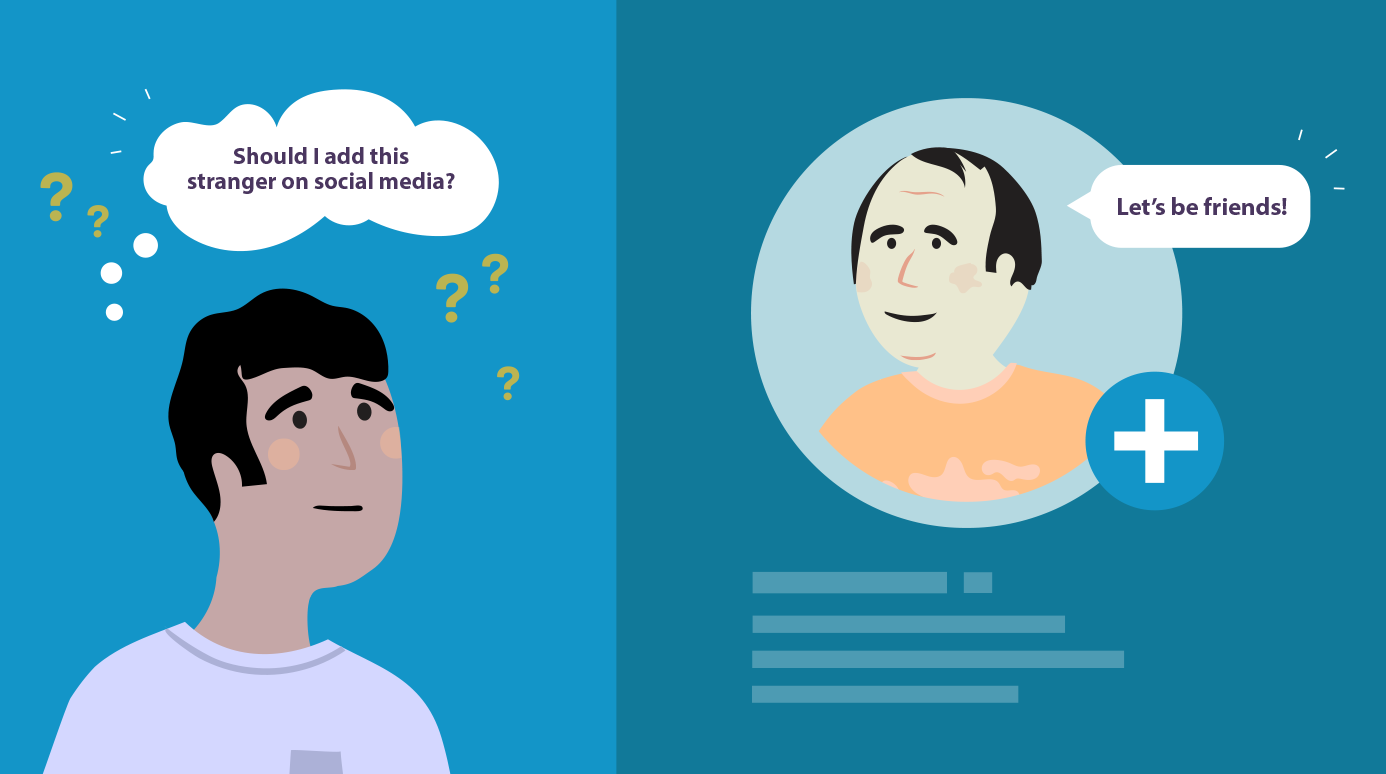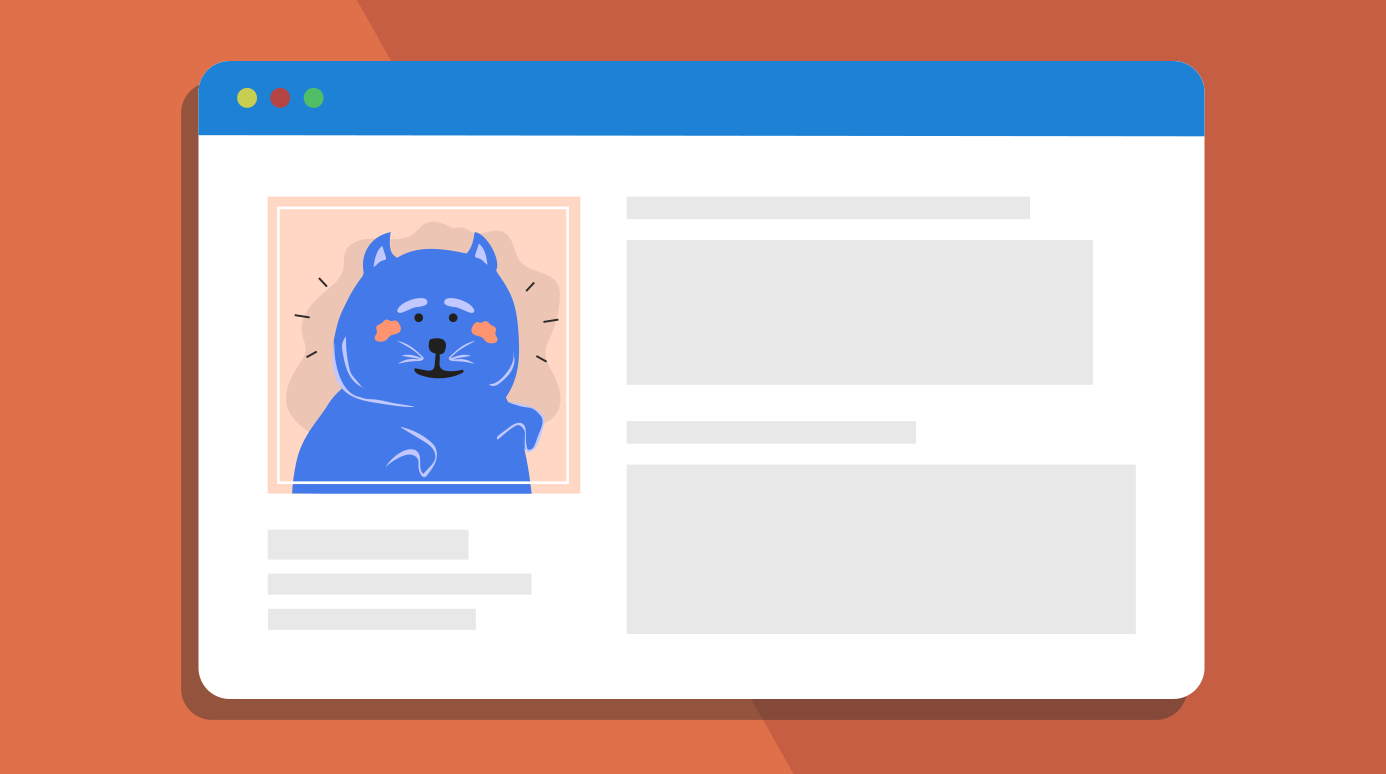Internet Safety for Kids: Using Social Networks Safely
Mục Lục
Lesson 4: Using Social Networks Safely
/en/internetsafetyforkids/cyberbullying-and-cyberharassment/content/
Using social networks safely
Social networking sites are more popular than ever, and they’ve changed the way people use the Internet. Some of the most popular sites are Facebook, Instagram, and Twitter. These sites allow people to keep in touch with their friends, share links, plan events, and more.
For many teens and even younger kids, online social networking is an important part of their lives because it lets them talk to their friends no matter where they are. Social networks aren’t a bad thing, but there are a few risks your kids will need to be aware of.
Age restrictions on social networks
Many social networking sites have an age requirement for creating an account. For example, Facebook does not allow anyone younger than 13 to join. However, many kids lie about their age in order to join—and some parents allow it or even help them do it.
Keep in mind that these age restrictions exist to protect your child’s privacy. If your child uses social networking sites, make sure you know what the minimum age is for each site.
For more information on Facebook safety, visit Facebook’s Family Safety Center.
To learn more on social networking, read our Facebook 101 and Twitter tutorials.
Teaching kids to use social networks safely

Social networks involve a lot of sharing, including photos, videos, links, and personal information. Many kids and teens enjoy sharing these things with their friends, but they may actually be sharing information with more people than they realize. For example, a recent study found that 68 percent of teens have accepted friend requests from strangers, and 8 percent have accepted every friend request they’ve received. This means their “friends” may not be people they can trust.
As you talk to your kids about social networks, you can give them the following guidelines to help them stay safe.
- Keep your posts private. On most social networking sites, you can choose to only share things with your friends. It’s important to use this setting whenever possible because it makes it more difficult for people you don’t know to gain access to your information.
- Check your privacy settings frequently. Facebook sometimes reorganizes its privacy and account settings, which can cause your information to be shared with more people than you want. With Facebook or any other social networking site, you should review your privacy settings to make sure they are set the way you want them to be.
- Be careful what you share. Even if you’re keeping posts private, it doesn’t guarantee that other people won’t be able to see it. For example, if you share a photo with your friends, they can easily save it to their computers and post it to another website. You shouldn’t post something online unless you’re comfortable with everyone in the world seeing it.
- Don’t add strangers to your friends list. Although it may be tempting to have thousands of “friends” online, this increases the chances that your photos and personal information will be shared with the world.
- Keep in mind that things you post online may stay there for years. Even if something doesn’t seem embarrassing, it may damage your reputation years later when you’re looking for a job or applying to college. Employers and colleges often check social networking sites for information on candidates, so a photo or other post could lower their impression of you.
- Use good netiquette. Netiquette is a set of guidelines for communicating online. Using good netiquette helps to ensure that the things you say aren’t misinterpreted. For more information, read our Social Media Privacy Basics lesson from our Internet Safety tutorial.
The Federal Trade Commission has created the following video to show the importance of sharing with care. You may want to watch it along with your kids or teens.
Setting up a social networking profile

Even though sites like Facebook give you some control over what information is shared, some parts of your profile are usually visible to everyone. If your children are setting up online profiles, they should take precautions to make sure their profiles aren’t revealing too much information. Let’s take a look at how to set up a safe and appropriate profile.
Screen name
Should you use your full name, first name only, or a pseudonym (fictitious name)? It may be okay to use your full name on sites like Facebook and Linkedln where you can limit your sharing to the people you know. On a message board or chat room, you should not use your full name, since you are interacting with people you don’t know. Instead, you can just use your first name or a pseudonym.
Profile picture
Many sites allow you to choose a profile picture. This can either be a photo or an avatar, which is a graphical image that represents you. On Facebook, most people use photos of themselves. However, on a more public site (such as a discussion board), you may want to use an avatar, as it allows you to remain more anonymous.
Keep in mind that many different people will be able to see your profile picture. Therefore, it’s important to choose a picture that won’t reflect negatively on you. It’s possible for a photo to get you into trouble at school or damage your reputation.
Profile information
You should be careful about what personal information you share. If you have the option of making your info private to just you and your friends, you should choose this option. You should never make your birthday or home address publicly viewable.
Contact information
Generally speaking, you do not want to include any contact information other than your email address. Do not use home phone numbers or addresses. If you must include a phone number, use a mobile phone number.
It may also be a good idea to create a separate email address for social networking connections in order to protect your normal account from getting cluttered with spam and phishing emails.
Image and persona
Many sites allow you to customize your profile with wallpaper, personal interests, likes and other types of information like relationship status. Always keep in mind what type of public image you want to project as you choose how to customize your profile and what types of information to include.
Your online image will become more important when you begin applying for jobs or to college. Anything that is inappropriate may lower someone’s impression of you. Even if you’re not worried about it now, don’t post anything that’s going to come back to haunt you in a few years.
Kids and teens: To practice setting up a profile, check out the Book Cafe Game interactive from the Federal Trade Commission.
/en/internetsafetyforkids/understanding-filesharing-networks/content/















![Toni Kroos là ai? [ sự thật về tiểu sử đầy đủ Toni Kroos ]](https://evbn.org/wp-content/uploads/New-Project-6635-1671934592.jpg)


